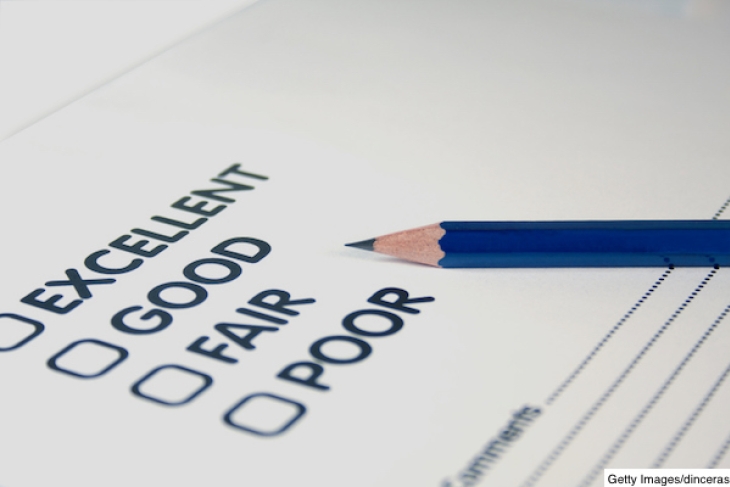Dual enrollment is on a roll. Enabling high school students to take college courses for college credit while still enrolled in high school is intended by its advocates to help solve multiple problems that plague American education. These include:
- The boredom of high school students who have completed their requirements for graduation and are coasting as they wait for their diplomas.
- The desire of advanced students to pursue subjects that interest them in greater depth than their high school course offerings allow.
- The need for high school pupils to get a sense of what college classes are actually like.
- The inability of many school systems to afford, on their own, or offer a rich array of advanced courses.
- The yearning by many high school students to get a head start on college, save some time and money when they get there, and perhaps avoid dull entry-level courses.
- The push by policymakers to boost academic performance, get more kids into and through college—and save some tax dollars by minimizing course duplication and, perhaps, student remediation.
- The appetite of colleges themselves to maximize enrollments and revenues, both by teaching some students who haven’t yet matriculated and by recruiting more of those students to enroll via familiarity and course credit.
Note that almost all of these problems are addressed by the long-established Advanced Placement and International Baccalaureate programs, but they’re seriously rigorous, which means they’re hard for many students, they may depress GPAs, and they’re not guaranteed to yield college credit. Nor are they actually “owned” by the colleges themselves, meaning they don’t boost revenue or recruit students to particular campuses.
No wonder so many postsecondary institutions—especially but not exclusively community colleges—are teaming up with high schools to offer college classes to interested secondary-school pupils. Sometimes the kids trek to the college campus but more often the course is taught at the high school itself.
Sounds like a win-win, doesn’t it? But hold on a minute. Where’s the quality control? How do we know that these are real college courses? Who decides which students are qualified to enroll in them? (Do they include the same young people who will be directed into remedial English and math when they actually get to college?) Who decides which students who enroll in these courses deserve college credit for passing them? For that matter, who decides what’s “passing”? Who grades students’ work? Is there any external review or is it just the teacher’s judgment? Speaking of which, how do we know the people teaching these courses inside the high schools are college professors—or the equivalent? Most of the time, in fact, we know that they’re regular high-school teachers deputized by the colleges to teach classes on their behalf.
A recent episode in Indiana offers a vivid and sobering example of the challenge of instructor qualifications. The Hoosier State requires its public high schools to offer dual-credit classes—at least two of them. Some 3,000 individuals teach them. In an effort to ensure that those instructors have a full command of the subjects that they’re teaching, a college-accrediting body—the Higher Learning Commission, nee the North Central Association of Colleges and Schools—ruled in 2015 that they must possess master’s degrees or the equivalent in those subjects.
A master’s degree doesn’t seem like a terribly high bar for someone teaching a college course, does it? But it caused panic and palpitations in the ranks of Indiana high schools—and the colleges whose courses they were offering. How, they wondered, could they possibly make these opportunities available to their students—and comply with the law that said they must do so—if their teachers couldn’t meet (or didn’t want to meet) the new requirements? Quoth the head of the Indiana Association of School Principals: “Every—literally every—principal I’ve talked to, and in some cases superintendent, has said we’ll have a very, very limited amount of teachers able to teach dual credit.”
Fast forward to last month: Indiana persuaded the accreditor to grant a five-year reprieve. Hoosier teachers now have until 2022 to comply with the new requirement. One wonders how many of them will retire by then—and how many more reprieves and extensions may follow. One also wonders what’s happened to Teresa Lubbers, now Indiana’s higher-education commissioner. For many years, she was the foremost champion of educational rigor and excellence in the state senate, but now she’s praising this backing away from what seems like a fairly low bar.
Similar stories can be told in way too many other places, where the burgeoning dual-enrollment courses meant to yield college credit are being taught by regular high school teachers, where student performance is being judged by regular high school teachers, and where it doesn’t seem to be in anybody’s short-term interest to insist on rigor.

